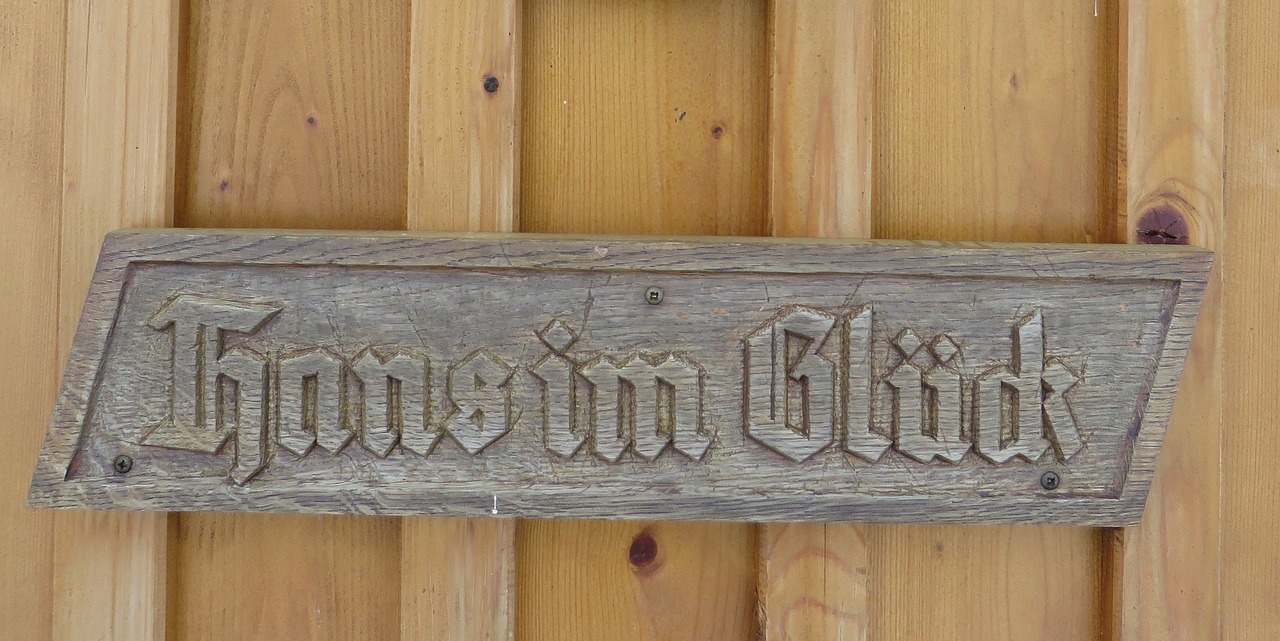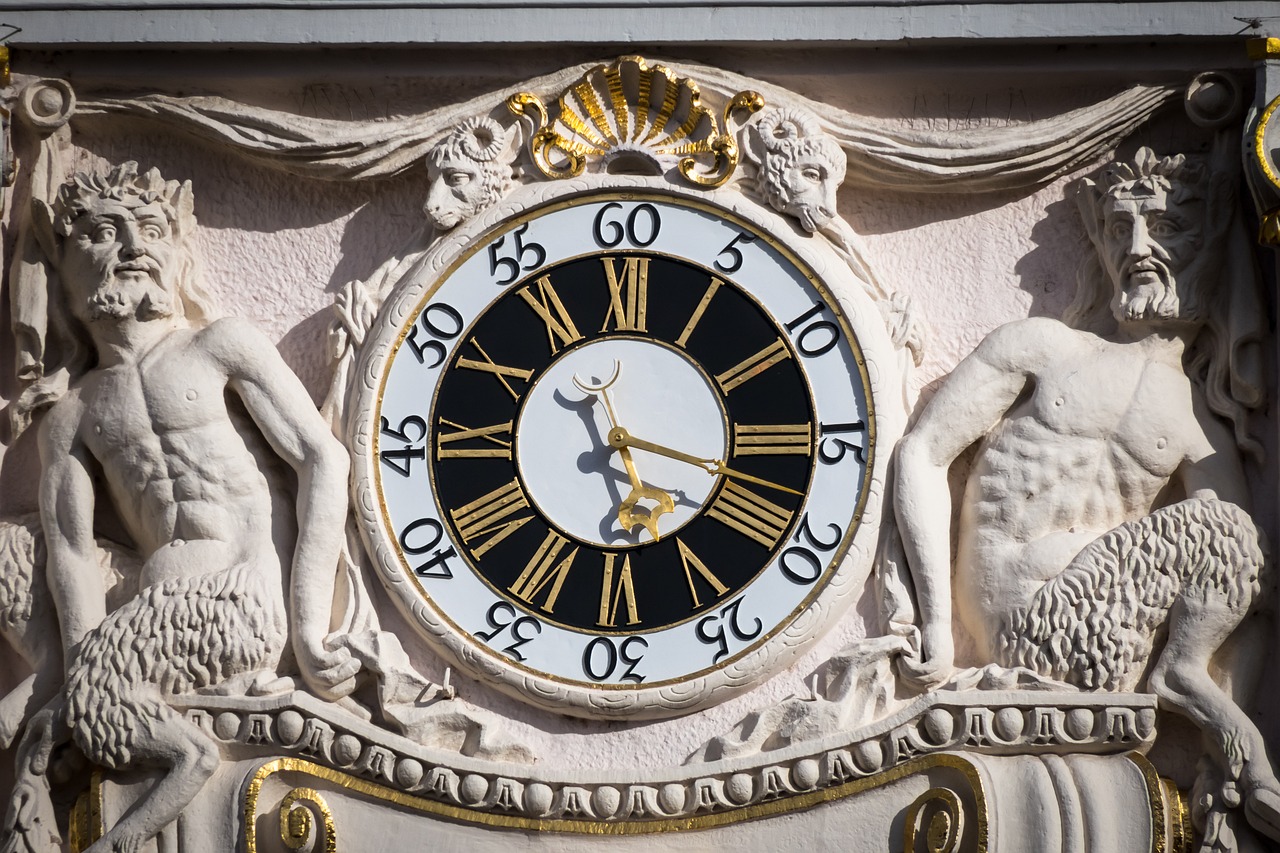Tag: fertility
-
Exploring the Distinct Identities of Heket and Hekate Since becoming a Heketean in 2008, I have encountered the tendency to conflate Heket and Hekate early in my studies, which has long puzzled me. While their similarities in etymology are evident, I felt that any suggested parallels were largely superficial. After creating a brief analysis on…
-
Hapi, known also as Hep, Hap, or Hapy, is recognized as a deity of water and fertility who was venerated throughout Ancient Egypt. His name is believed to have originally referred to the Nile before the Dynastic period when the river became known as “iterw,” which translates to “the river.” This term eventually became associated…
-
In the ancient Egyptian pantheon, the goddess Heqet was revered as a potent embodiment of fertility and childbirth. Her influence stretched from the Old Kingdom through to the Ptolemaic period, owing to her vital roles in fertility, agriculture, and funerary rites. Notably popular among women, Heqet was often called upon for safeguarding during pregnancy. Investigating…
-
In ancient Egypt, the goddess Heqet was a powerful emblem of fertility and childbirth. Her reverence transcended generations from the Old Kingdom through to the Ptolemaic era, underscoring her significant influence over fertility, agriculture, and funerary customs. She was particularly beloved among women who sought her protective blessings during pregnancy. Unraveling Heqet’s Mysterious Beginnings The…
-
Faunus: The Roman Deity of Fertility and Nature Faunus stands as a significant figure in Roman mythology, embodying concepts of fertility, the wilderness, and the pastoral lifestyle. Revered by those who depended on the land, Faunus is recognized as a protector of animals and an overseer of agricultural bounty. His influence is manifold, as he…
-
Hapi, also known as Hep or Hap, was a revered deity associated with water and fertility in Ancient Egypt. His name is believed to derive from the predynastic word for the Nile, which, during the Dynastic period, was referred to as “iterw,” translating to “the river.” This name change mirrored the evolution of the word…
-
Taweret is a fascinating deity in ancient Egyptian mythology, depicted as having the body of a hippopotamus, lion’s legs, and a crocodile’s face. This striking combination gives her an intriguing appearance that blurs the line between fearsome and maternal, embodying qualities that make her seem like the ultimate cosmic companion. Her round, approachable form might…
-
Renenutet, also referred to as Renenet or Ernutet, held an esteemed position as a goddess in ancient Egyptian mythology, representing the bountiful aspects of nature. She earned titles such as the “Lady of Fertile Fields” and “Lady of Granaries,” signifying her association with agriculture and fertility. Known primarily as the Cobra Goddess or the “Nourishing…
-
In ancient Egyptian civilization, the goddess Heqet was a prominent figure symbolizing fertility and childbirth. Her influence was felt from the Old Kingdom through the Ptolemaic era, making her a crucial deity patronized by many women seeking care and protection in their pregnancies. Heqet played a major role in agriculture, funerary customs, and was particularly…
-
Osiris is revered as one of the principal deities of ancient Egypt, embodying complex themes of fertility and the afterlife. Initially, he was a local deity linked to Busiris in Lower Egypt, possibly representing the fertility of the underworld. By around 2400 BCE, Osiris was firmly established in dual roles: as a deity of fertility…





